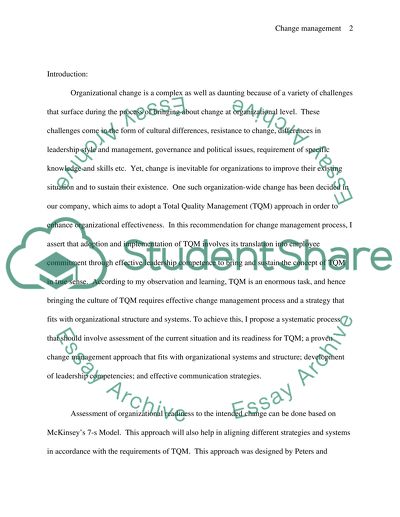Cite this document
(“Summary Paper Essay Example | Topics and Well Written Essays - 2000 words”, n.d.)
Retrieved from https://studentshare.org/environmental-studies/1416217-summary-paper
Retrieved from https://studentshare.org/environmental-studies/1416217-summary-paper
(Summary Paper Essay Example | Topics and Well Written Essays - 2000 Words)
https://studentshare.org/environmental-studies/1416217-summary-paper.
https://studentshare.org/environmental-studies/1416217-summary-paper.
“Summary Paper Essay Example | Topics and Well Written Essays - 2000 Words”, n.d. https://studentshare.org/environmental-studies/1416217-summary-paper.


